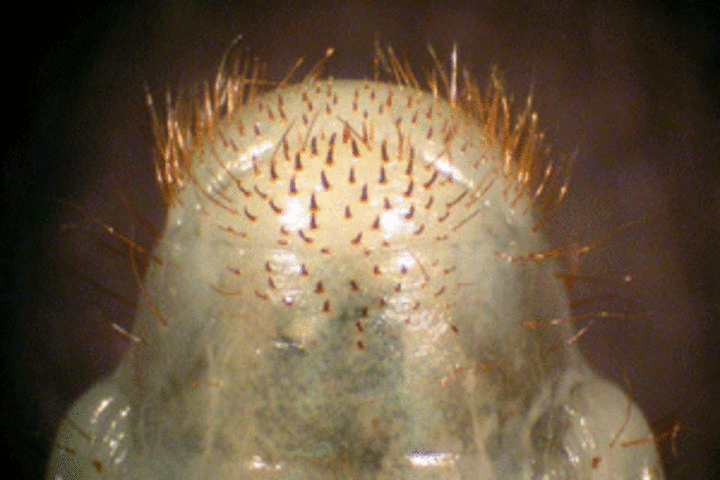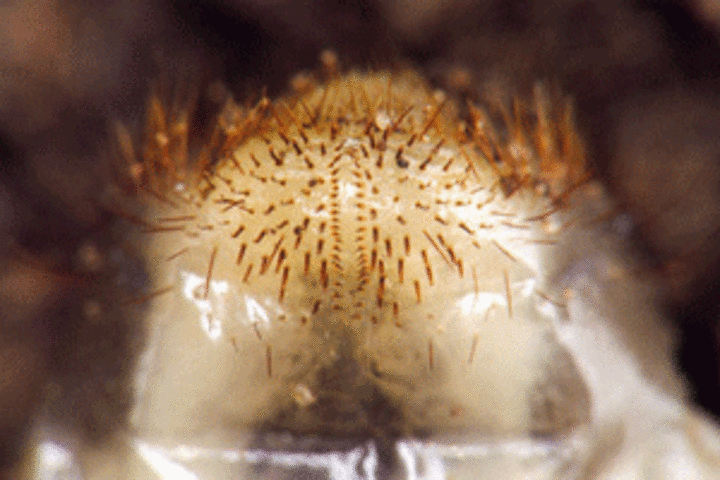May 4, 2007
We often get questions at this time of year about white grubs in field crops. As people are planting or doing other field operations, they see white grubs at the soil surface and wonder whether they should use an insecticide at planting.
There are two major types of white grubs found in Nebraska field crops; the annual white grubs (Cyclocephala or masked chafer), and the three-year white grub (Phyllophaga spp.).
Annual white grubs are by far the most common type found in most crop fields and are the same type that injure turf later in the summer. At this time of year, annual white grubs are finishing up their larval period and preparing to pupate. They typically do relatively little feeding in the spring and rarely cause economic damage.
The three-year white grub is potentially much more damaging. Eggs are laid in one summer, hatch out, and the white grubs feed over the next three years. When present in large numbers, they can cause significant damage to seedling crops, particularly in the second and third summers of their life cycle.
|
||||||
The best way to identify which type of white grub is present is to look at the pattern of spines on the underside of the last abdominal segment (see Figure 1). Annual white grubs have numerous spines arranged randomly on the segment. The three-year white grub has spines arranged into two parallel rows. This can be easily seen with a 10X hand lens.
If three-year white grubs are found in densities exceeding one per square foot, a planting time insecticide should be considered (liquid, granular or seed treatment insecticide). There are no post-emergence insecticide applications effective as a rescue treatment if damage is seen as crops emerge.
Bob Wright
Extension Entomologist


